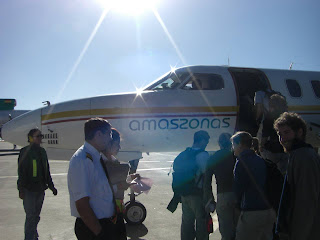The following day, bright and early, we were at the miners cooperative getting fitted out with helmets, wellington boots (obligatory for any tour), and protective trousers and jackets.
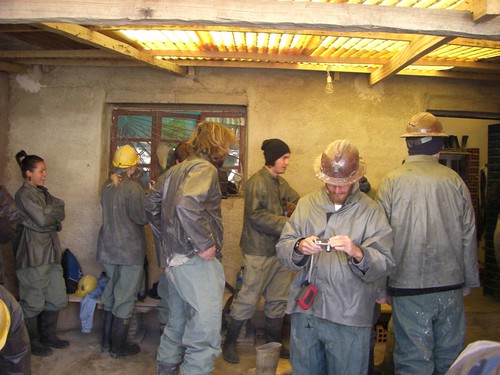
First stop on the tour was to pick up gifts for the miners. These consisted of bottles of coca cola, dynamite, and coca leaves.
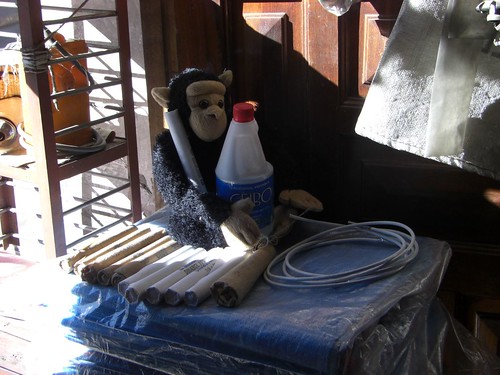
Dynamite is readily available throughout Bolivia and it´s completely legal for anyone to buy and blow up. Typically the miners use a package called a "Completo". This consists of: a stick of dynamite (from my limited knowledge this looks and feels like plastic explosives), a 5 minute fuse (enough to get 30-50 meters away safely), a bag of amonium nitrate (fertilizer -gives you more bang for you buck).
All this is available for the princely sum of 17 Bolivianos (about $2) from your local shop...

Before visiting the mines, we visited one of the ore processing plants, this was a good taster of what to expect in the mines. The miners sell the raw ore taken from the mine to these plants to be seperated out and then sold onto the international markets.
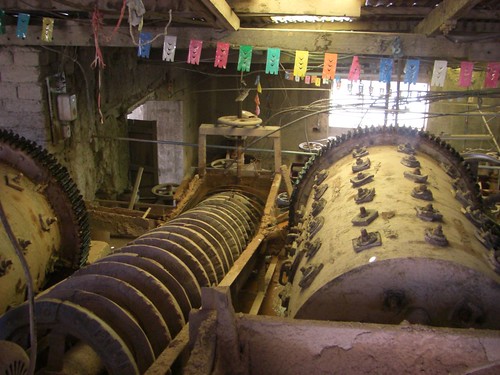
Here´s the mountain "Cerro Rico" that the mine is in. The mountain used to stand at about 5,800 meters, but is now down to 4,800 due to instability caused by the mining.
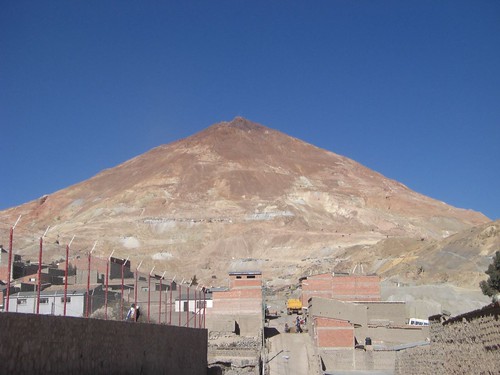
From the mine you get a good view of the city.
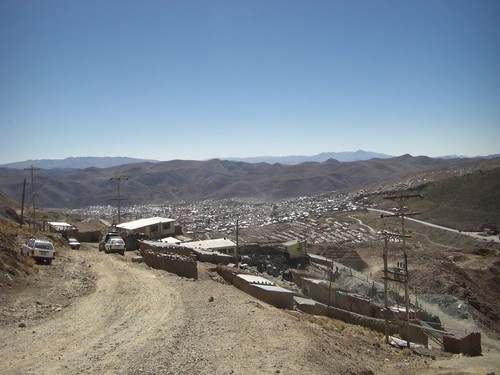
And after taking some photos, it was time to go in...
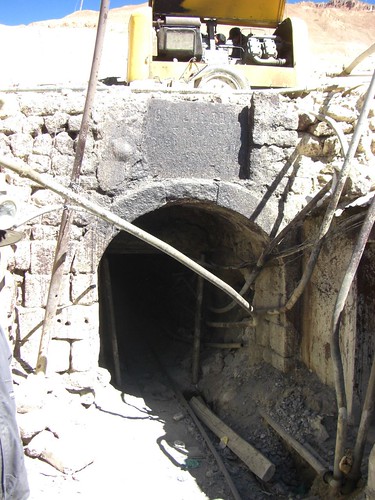
Nothing that anyone had said or anything that I had read had quite prepared me for the hideous conditions within the mine. The dust, the cramped conditions, the lack of ventilation. I doubt that this mine would be allowed to operate in any other place. What made all this worse is that these conditions are not being imposed by some evil multinational mining corporation. The mine is actually run by a collection of mining cooperatives!
Unfortunately, there are over 60 mining cooperatives all working on this one mine. Rather than working together to improve things, they work in competition with each other, occasionally conflicts over rich seams lead to confrontations in the mine where the weapons of choice are sticks of dynamite.
It was quite depressing really. You would hope that having the mine controlled and run by locals would make conditions much better. Instead it seems to have made things much worse. Most labor is still carried out by hand. An electric winch to hoist rocks from 7 levels below the entrance only costs $3500, but only one cooperative has the money to buy one, so only one cooperative has one. A few cooperatives have electric carts. Everything else is done by hand.
As you would expect, life expectancy of a miner is pretty short.
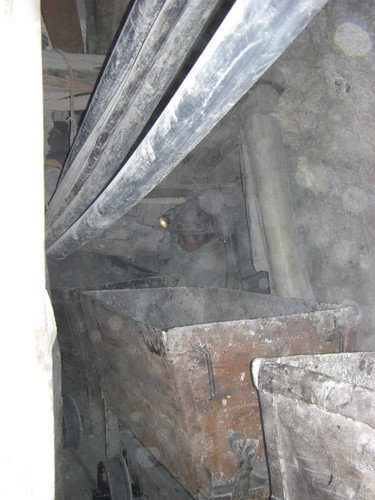
A few hundred meters inside the mine is a small museum, this also houses the mine devils that the miners pray to for good finds, safety etc...
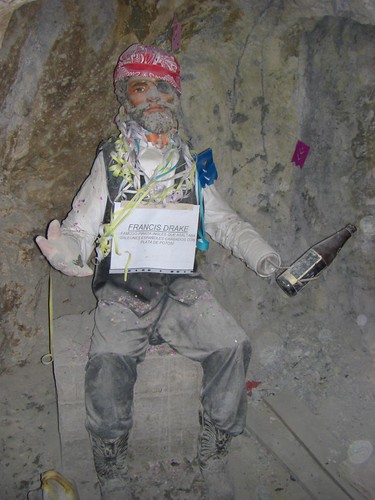
Having climbed through some pretty tight tunnels filled with dust and finding it almost impossible to breath I decided to cut my tour short at the end of the first level of the mine. The thought of going down through level 2 to level 3 really wasn´t that appealing.
Once outside it was time for a bit of light relief, we got to play with some of the dynamite that we´d purchased.
Our guide had kindly brought along a stuffed monkey, the stuffing was quickly removed and replaced with the dynamite.

And here´s me holding a monkey stuffed with dynamite, and yes, the fuse coming out of its mouth is lit!

Here´s the video of the explosions:

















